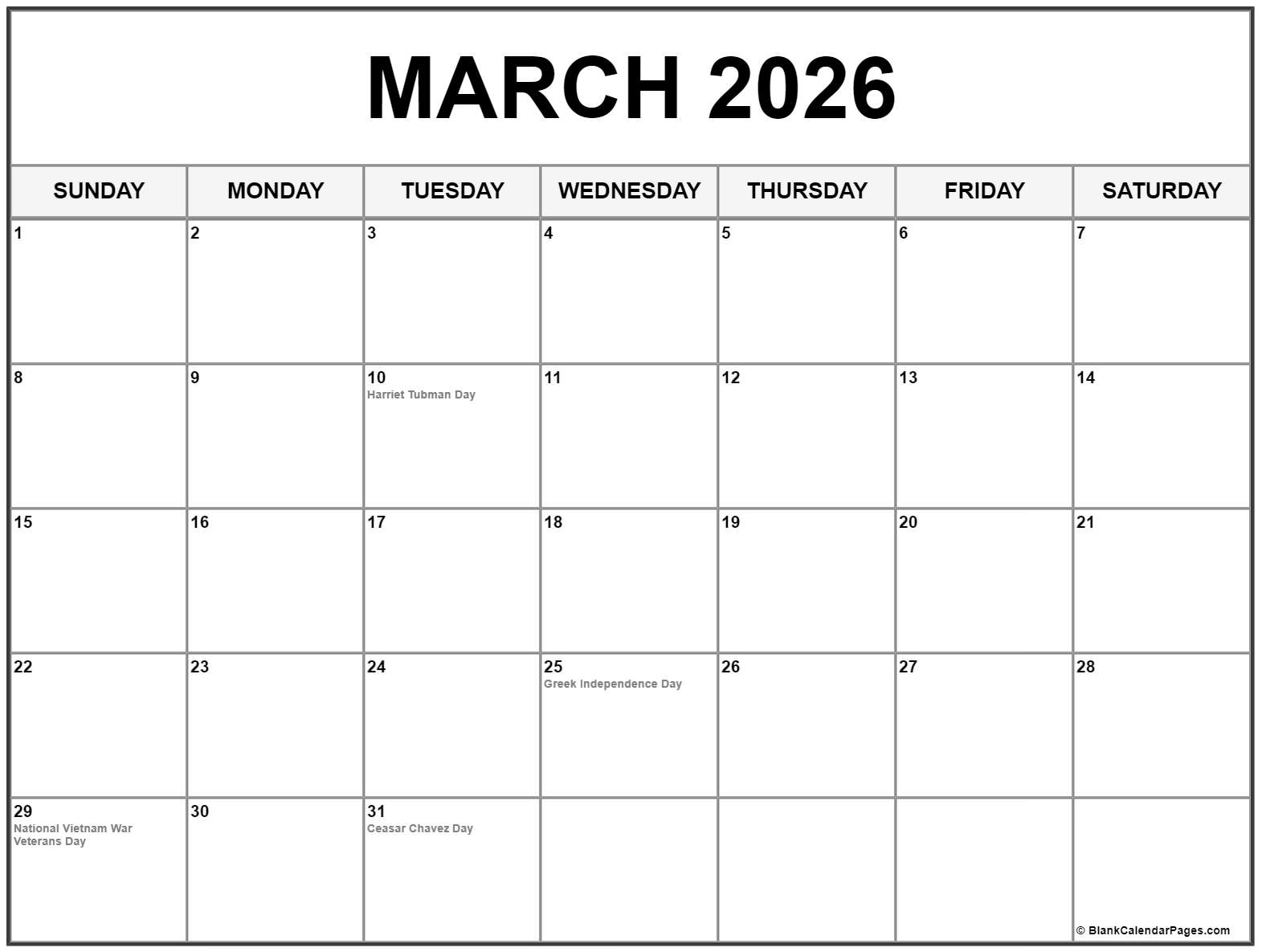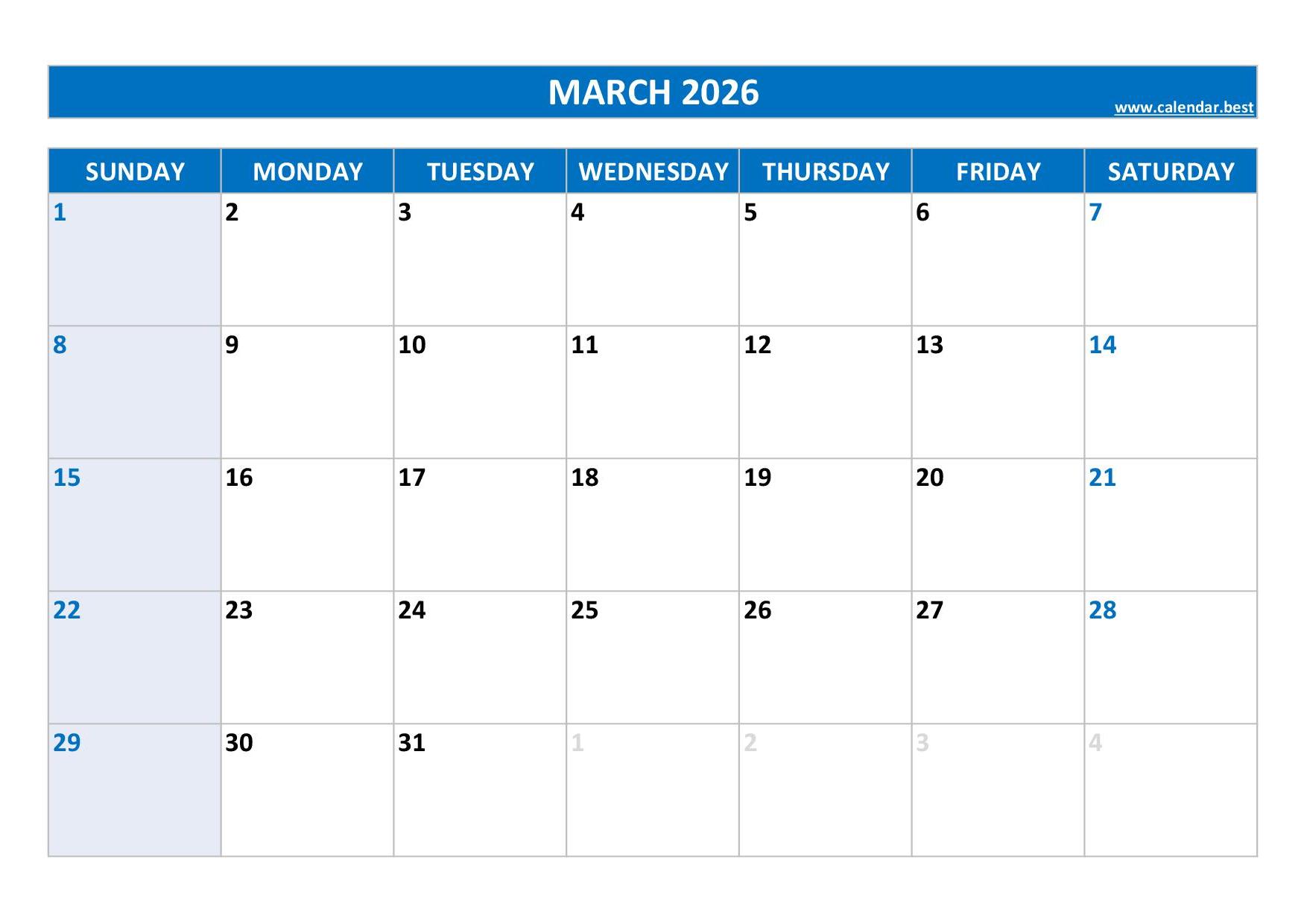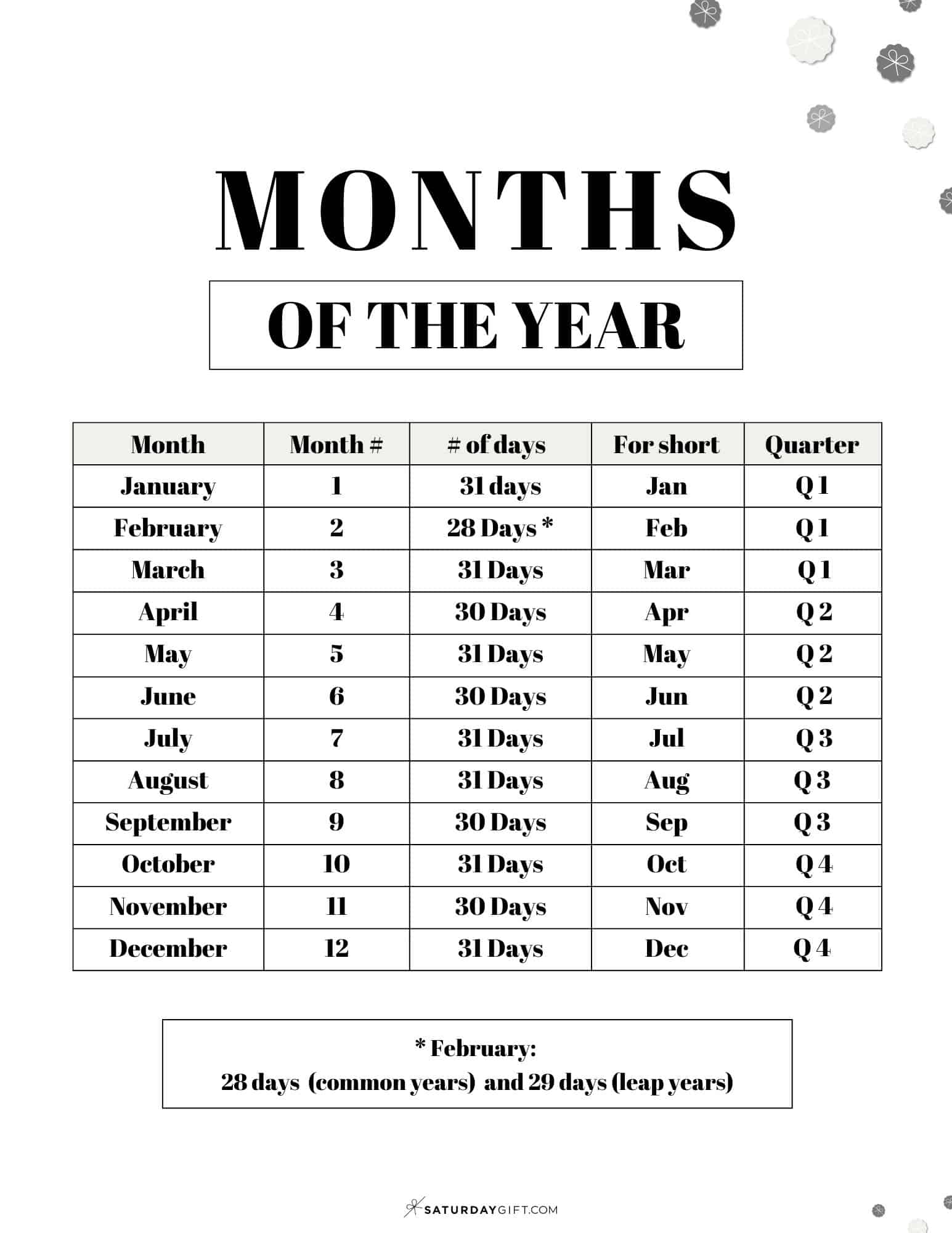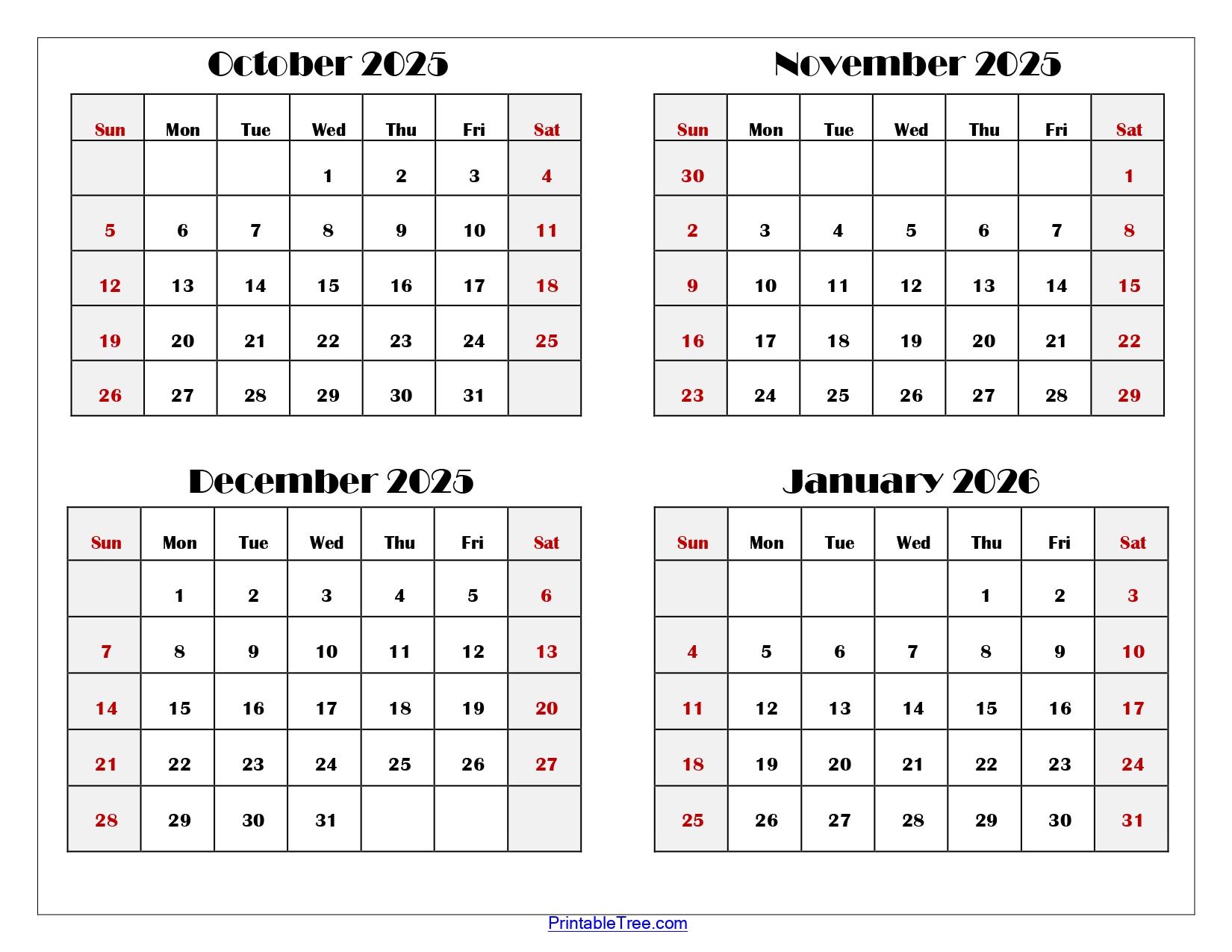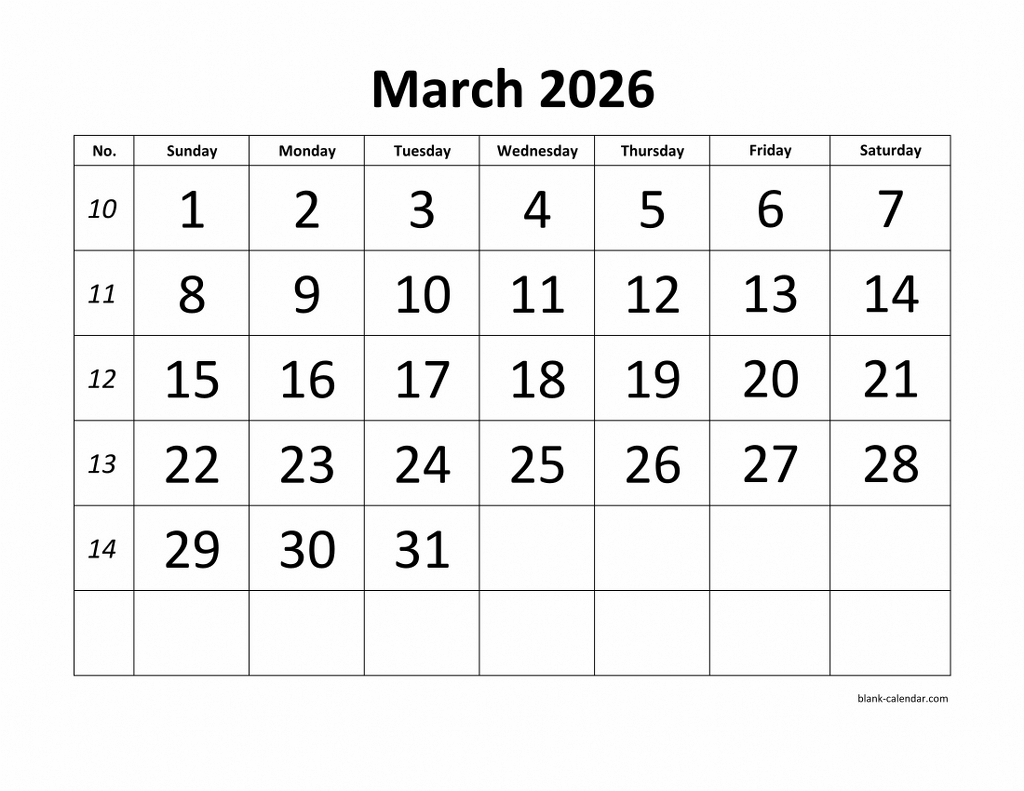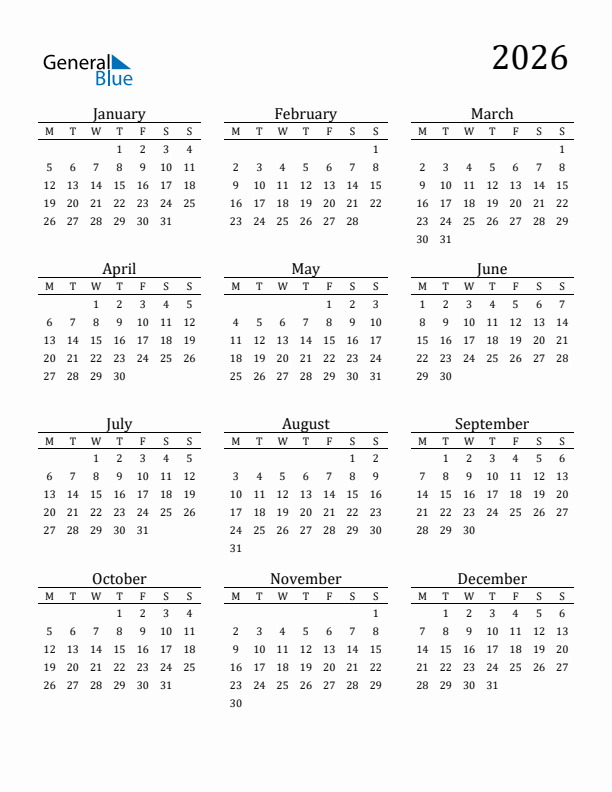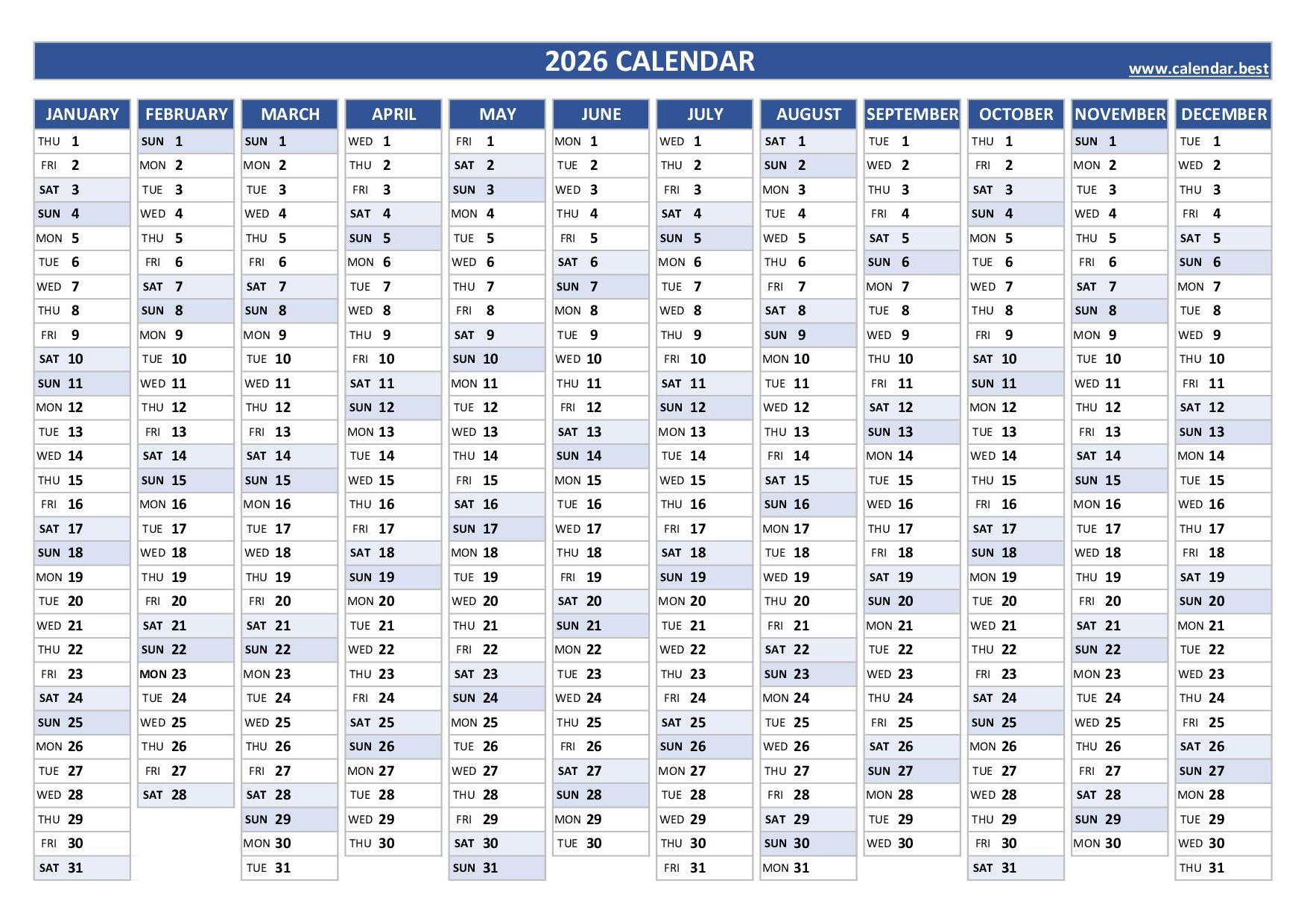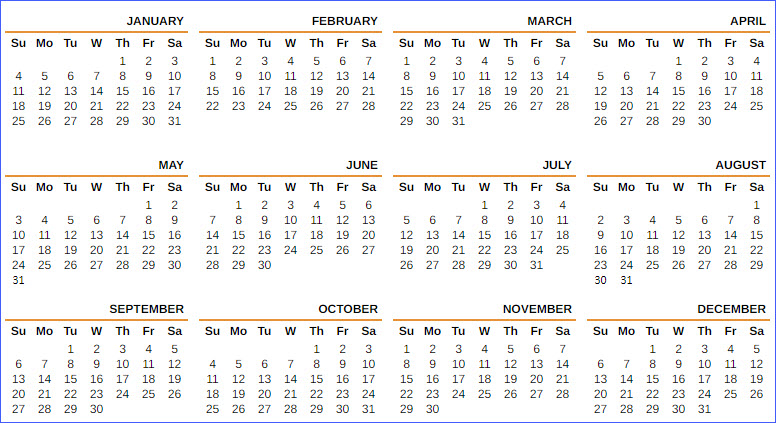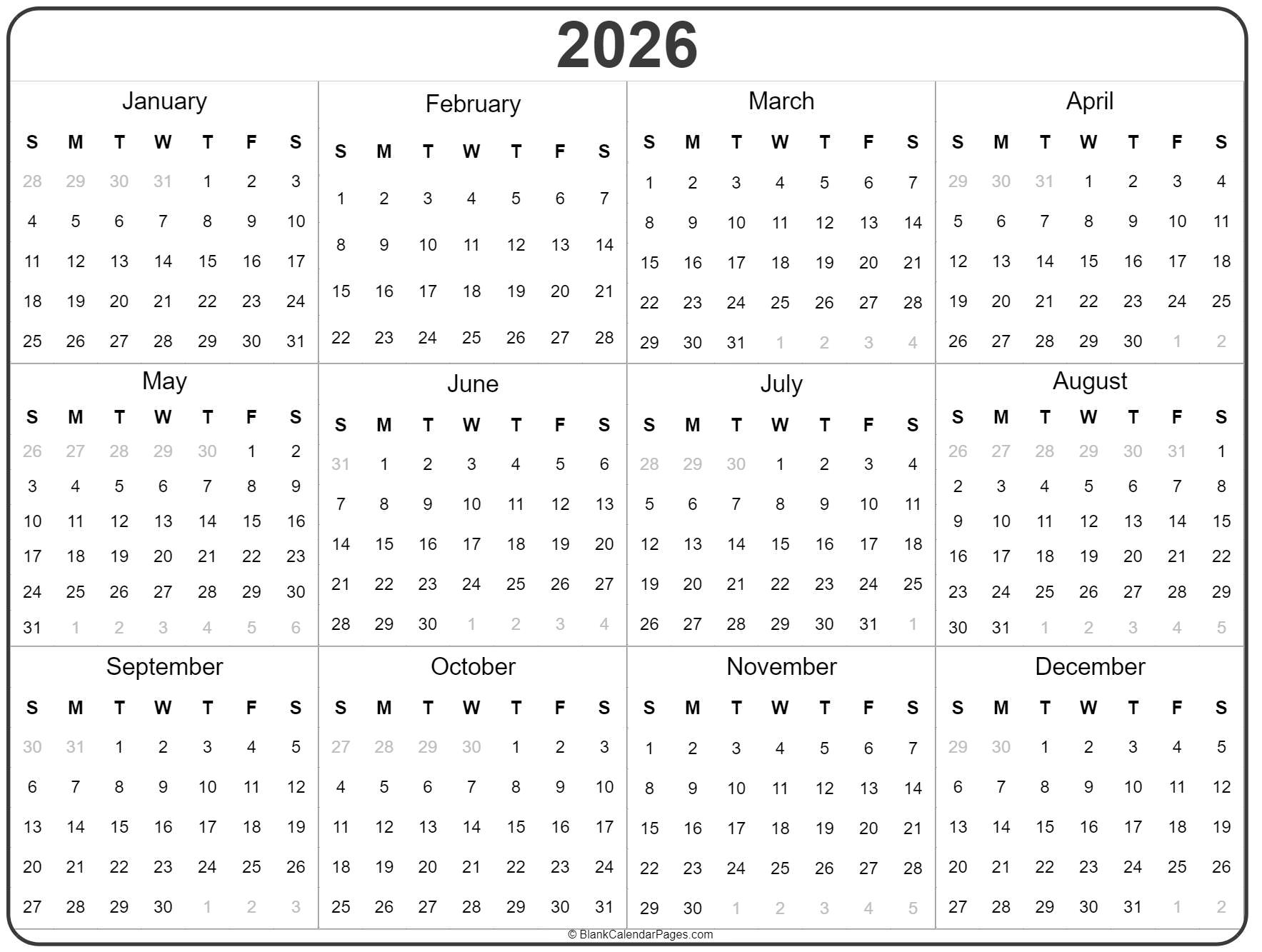How Many Months Till March 2026

Time, an unrelenting river, carries us all toward the future. The question on many minds, whether driven by anticipation of significant events, strategic planning, or simple curiosity, is: How far are we from March 2026? Understanding the temporal distance requires more than just a quick calendar glance; it demands a precise calculation that considers the present date.
This article will provide an accurate answer to that question, breaking down the remaining months with specific considerations. Furthermore, this article delves into the implications of this timeframe for various sectors, from economic forecasting to personal milestones, offering a comprehensive perspective on what the future holds.
The Numerical Reality
As of today, October 26, 2024, calculating the months until March 2026 is a straightforward exercise. From November 2024 to February 2026, there are sixteen full calendar months. Then, including March, the answer is seventeen months.
This calculation takes into account the standard Gregorian calendar, which remains the universally accepted standard for timekeeping. There are no foreseeable changes planned that would alter this calculation.
Implications Across Sectors
Seventeen months might seem like a distant horizon, but for many sectors, it represents a crucial planning window. Businesses, governments, and individuals all leverage this timeframe to make strategic decisions with far-reaching consequences.
Economic Forecasting
Economic forecasters utilize models that often extend beyond a year, making the horizon of March 2026 vital. Understanding potential economic shifts, policy changes, and market trends during this period allows for better-informed investment decisions.
According to a report by the International Monetary Fund (IMF), global economic outlooks are heavily influenced by geopolitical stability and trade relations. These factors can significantly impact projections for the next seventeen months.
Technological Advancements
In the rapidly evolving tech landscape, seventeen months represents an eternity. New technologies can emerge, existing ones can become obsolete, and entire industries can be disrupted within this timeframe.
Consider the accelerated growth in artificial intelligence (AI). Experts predict that AI development will continue at an exponential rate, potentially leading to breakthroughs that reshape how we work and live by March 2026.
Political Landscapes
Political events and elections occurring within the next seventeen months can significantly alter the course of nations. Policy changes enacted by newly elected officials can have immediate and long-term consequences.
Several key elections are slated to occur during this period, as noted by the United Nations (UN). The outcomes of these elections could reshape international relations and trade agreements, influencing global economic stability.
Personal Milestones
Beyond macro-level implications, the timeframe until March 2026 holds significance for individuals. This could include anything from planning a wedding or pursuing higher education to saving for a down payment on a house.
For students, seventeen months represents a substantial portion of their academic journey. Many students may embark on new educational programs or complete significant milestones.
Potential Disruptions
It's crucial to acknowledge that unforeseen events can disrupt even the most carefully laid plans. Pandemics, natural disasters, and geopolitical crises can all significantly alter the trajectory of the future.
The COVID-19 pandemic serves as a stark reminder of the potential for unforeseen disruptions. The World Health Organization (WHO) emphasizes the need for continuous vigilance and preparedness for future health emergencies.
Similarly, climate change poses a growing threat, with increased frequency and intensity of natural disasters. The Intergovernmental Panel on Climate Change (IPCC) highlights the urgent need for mitigation and adaptation strategies to minimize the impacts of climate-related events.
Planning for the Future
Despite the uncertainties, proactive planning remains essential. By understanding the time horizon until March 2026, individuals and organizations can better prepare for the future and capitalize on emerging opportunities.
For businesses, this involves conducting thorough market research, developing robust contingency plans, and investing in innovation. Individuals can focus on personal development, financial planning, and building strong social networks.
Conclusion
Seventeen months until March 2026 represents a window of opportunity for growth, change, and innovation. While the future is never entirely predictable, understanding the temporal distance and considering potential disruptions allows for better-informed decisions and strategic planning.
By embracing a forward-looking perspective and proactively preparing for the challenges and opportunities ahead, individuals and organizations can navigate the coming months with greater confidence and resilience. Time marches on; it's up to us to make the most of it.



